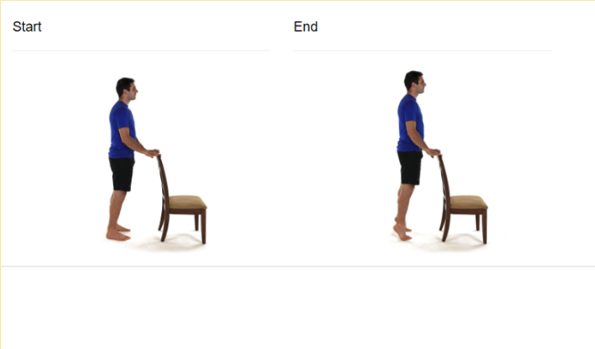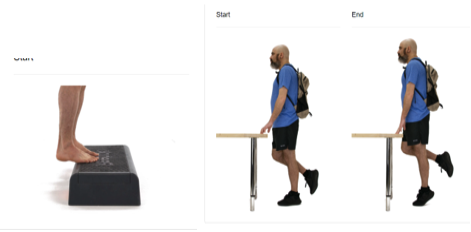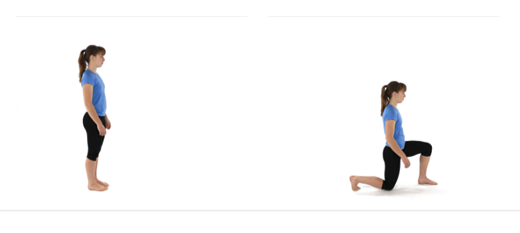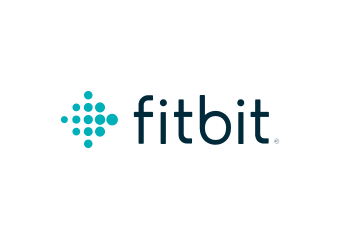Strength Training for Runners
Running entails patience and endurance. This is why runners need exercises that build their strength.
Whether you’re preparing to jog, run, or walk for the next Very Pink Run, it is wise to take a page out of the runner’s notebook and apply the same type of training to improve your skills and endurance!
What is the best exercise for runners?
Before we actually teach you the exercises, let’s answer a few, frequently asked questions about running and strength training…
How many times a week should a runner do strength training?
Can you run while doing strength training? How many days a week should you do it, then? Most coaches and experts recommend doing it two to three times per week, ideally on the same days that you are running or jogging.
Do I need strength training for running?
Yes, it is recommended that you do some strength training to prep you for running or even long distance walking. Resistance training or strength training is a good way of reducing injuries from running.
Should runners strength train on rest days?
It is recommended that you rest on days that you’re not running, especially if you’re preparing for a marathon or even a long distance walk or jog. If you’re actively following a plan (link to article) it contains active rest days in between.
Strength training exercises for runners
The following exercises can be adapted from beginners to elite. Add one to 2 days of strength training into your running programme.
Calf raises
Start by putting your finger tips on a wall or under a surface like a window-sill or counter top. Rise up onto your toes, keeping your knees straight. Take one second to rise up, hold for a second and one second to lower. Repeat 12 times.

Calf raises for intermediate runners:
1. The same exercise can be carried out by standing on a step with your toes on the step and your heels over the edge. Rise up onto your toes, now as you lower down you let your heels drop over the edge of the step. This creates a larger range of motion.
2. Complete 3 rounds of 12 with a 2 minute recovery in between.
3. To progress the exercise, add weight. This can be as simple as putting a backpack with some kilo bags of sugar or flour into it, on your back as you carry out the exercise.

Lunges
This exercise is for the quadriceps (thighs), gluteals (buttocks) and calves.
Start by standing with your two feet together. Take a large step forward to create a large stride.
Make sure your back heel is off the floor and you are on your toes. Your front foot should be flat on the floor. Both your feet should be pointing forward. Now bend both knees. The aim is to send your back knee straight down towards the floor. Your front knee will be bent and in line with your front foot. Hold for one second. Now straighten both knees. Repeat the proscribed number of times.
Lunges for beginners:
1. Use a wall or chair on one side for support. Do not bend knees completely to touch the floor i.e. do a half lunge.
2. Complete 3 rounds of 12 on each leg. With a 2-3 minute break between.

Lunges for advanced runners:
1. It would be the same exercise for beginners, but add some weight.
2. The weight can either be a backpack worn on the back with kilos of sugar or flour or a number of books.
3. Alternatively, you can hold shopping bags in both hands with kilos of flour or sugar. This will work on your balance too.
Sit to stand or squat
This exercise is for the quadriceps (front of thighs) and glutes or buttocks.
Place a chair against a wall. Start by standing in front of it with your back to the chair and your feet shoulder distance apart. Put your hands across your chest. Slowly for the count of 3 seconds, sit back to touch your bottom off the chair, without sitting down completely. Return to standing. Make sure you keep your head and chest up while you do this movement and really bed your knees to get to the seat. Repeat 12 times.
Squats for Beginners:
1. Complete the steps above but if this is too difficult you can carry out the exercise on a higher chair e.g. the arm of a couch.
2. Complete 3 rounds of 12 with a 1-2 minute break in between.
Squats for Intermediate runners:
1. Add a weight using a backpack with kilo bags of sugar, flour or a number of books.
2. You can put this on your back or on your front, whichever you find the most comfortable.
3. Complete 3 rounds of 12-15 with a 1-2 minute break in between.
4. To progress further, in addition to the weights. put a soccer ball or rolled up towels (of the same diameter as ball) between your knees and squeeze them while you lower slowly to sitting.
Squats for Intermediate runners:
1. This can be carried out on one foot.
2. Complete 3 rounds of 12, on each leg, with a 2-3 minute recovery in between.
Glute bridge
This exercise is for the gluteals or buttocks.
Lie flat on your back with your two knees bent. Press the small of your back into the floor and slowly raise your bottom and lower back off the floor. Stop before you feel yourself arching your back. The aim of this exercise is to get your bottom off the floor, without arching your back to do it.
Glute bridge for beginners:
1. Complete 3 rounds of 12 with 1-2 minute break in between.
Glute bridge for intermediate runners:
1. Rather than having your feet flat, dig your heels into the floor.
2. Complete 3 rounds of 12 with a 1-2 minute break in between.
3. To progress, add a ball or towels and squeeze in between knees.
Glute bridge for advanced runners:
1. Complete the same movement but with one foot on the ground.
2. Complete 3 rounds of 12 with a 2-3 minute recovery in between.
Hip abduction
This exercise is for the glutes on the outside of the hip.
Standing. Lift one leg out to the side. Hold for 5 seconds and return to the starting position. Repeat the same movement for the required number of repetitions. Then immediately do the other side, lifting the other leg.
Glute bridge for advanced runners:
1. Use the support of a chair or counter top.
2. Complete 2-3 rounds, 8-10 times on each side and then take a 2-3 minute recovery.
Hip abduction for intermediate runners:
1. Use one hand or no support.
2. Complete 3 rounds of 10 to 12 times on each side and take a 2-3 minute recovery.
Hip abduction for advanced runners:
1. Use a resistance band or weight tied to your ankles and carry out the exercise as above.
2. Have a chair or wall for support if you need it. If you don’t have a weight or a resistance band an old bicycle tube can be used around your ankles. The smaller the loop the more difficult the exercise.
3. For beginners, for all exercises, if 3 rounds of the exercises are too difficult, initially start with one round first, build up to 2 and then 3.
Strength training programme for runners
The weeks and days leading up to a big event like a marathon or even just to jog or walk for the Very Pink Run can be overwhelming, but with strength training and a well-devised training programme , you can be confident that you are on the right track to a fun, injury-free run!



















